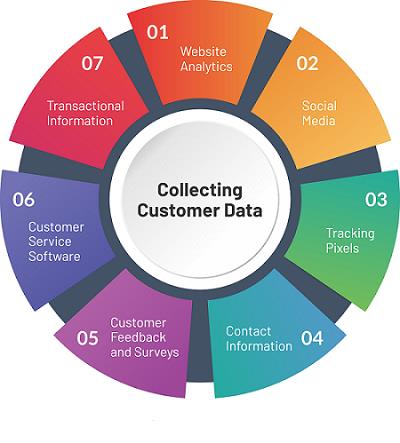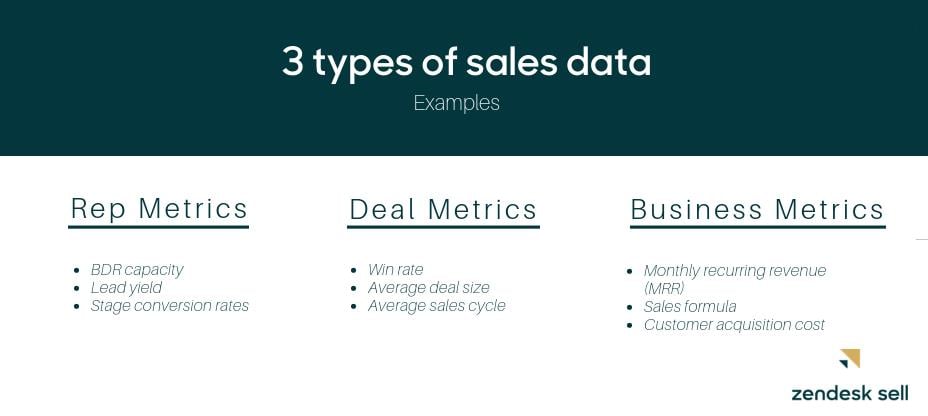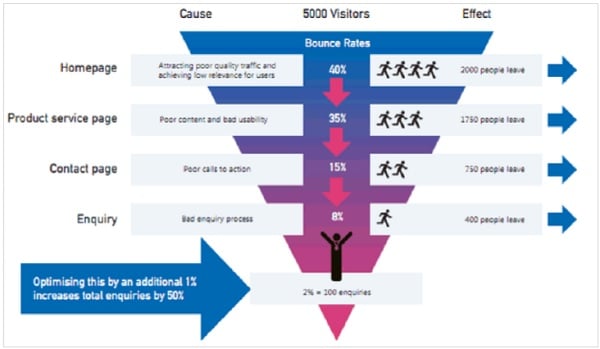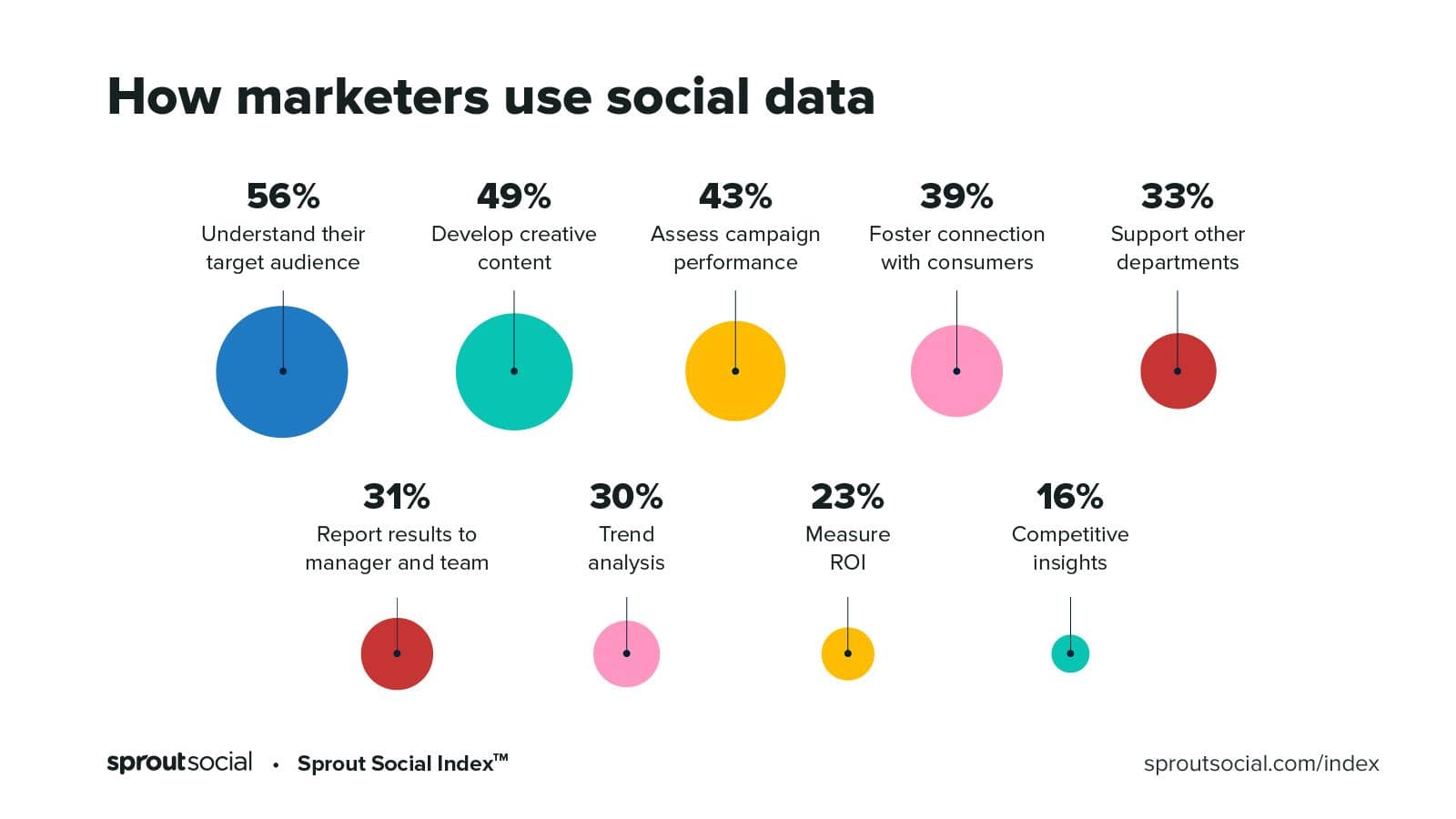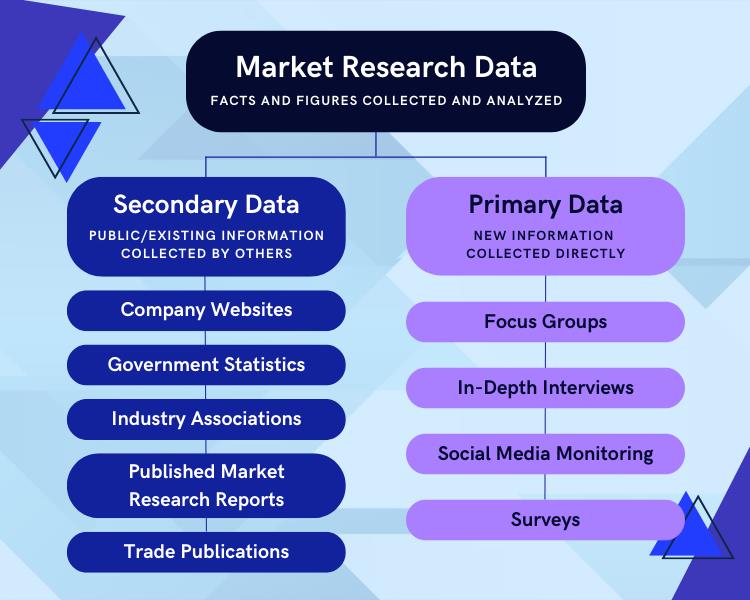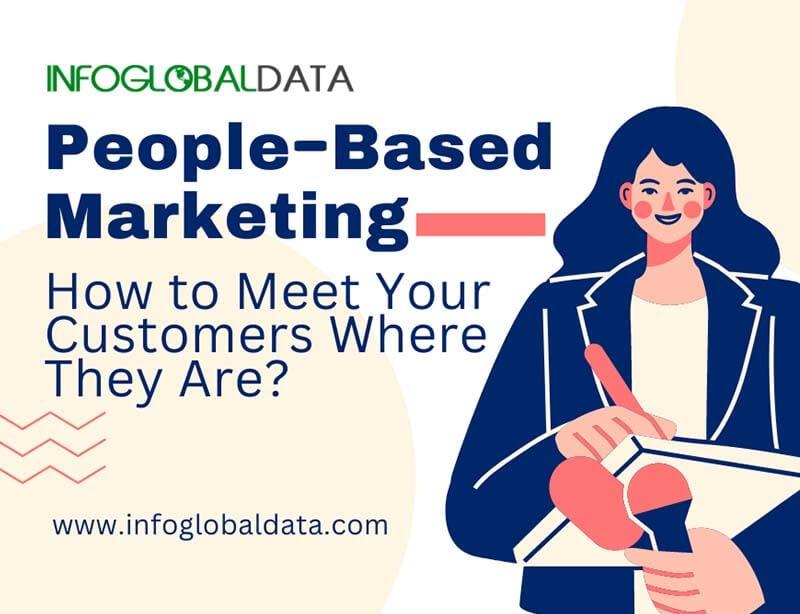What Is Data Collection- Methods, Types, and it’s Importance?
Before we describe data collection, we must first understand "What is data?" The short explanation is that data is numerous types of information formatted in a specific way. As a result, data collecting is defined as the act of obtaining, measuring, and analyzing accurate data from a number of relevant sources to identify solutions to research problems, answer questions, evaluate outcomes, and forecast trends and probability. Accurate data helps make educated business decisions, assure quality assurance, and maintain research integrity. According to a Deloitte survey, 49% of respondents said data helps them make better decisions, 16% say it facilitates major strategic goals, and 10% say it helps them enhance connections with customers and business partners. Thus, emphasizing the need to collect it.
Healthcare Industry Professionals Specific Lists
Contact Us for Marketing Campaigns
Types of Data Collection Methods
There are two approaches to gathering data – Primary and Secondary. It is described as follows-
1. Primary
Primary, as the name implies, is original, first-hand data acquired by data researchers. This is the first phase in acquiring information, and it is completed before any more, or related research is conducted. Primary data results are very accurate if the researcher collects the information. However, there is a drawback: first-hand research can be time-consuming and costly. Primary data sources include: Interviews and Focus Groups, Delphi Technique, Questionnaires, Projective Data Gathering, etc.
2. Secondary
Secondary data includes information that has been gathered by third parties and has already been statistically analyzed. This material is either information that the researcher entrusted to others or information that the researcher searched for. Simply put, it's secondhand knowledge. Secondary information, while easier and less expensive to access than primary information, poses problems with integrity and validity. The majority of secondary data is quantitative. Major secondary sources of data collection include Financial Statements, Sales Reports, Retailer/Distributor/Deal Feedback, Customer Personal Information (e.g., name, address, age, contact info)
Business Journals, Government Records (e.g., census, tax records, Social Security info), Trade/Business Magazines, The internet, etc.
100% Permission Based Targeted Mailing Lists
5 Types of Data for Hyper-Personalized SME Marketing Campaigns
1. Customer Data
Collecting customer data is the foundation of any hyper-personalized marketing campaign. It is essential to collect as much information as you can about your customers, including their name, contact information, interests, preferences, and buying behaviour. This information can help you craft targeted messages that speak directly to each customer’s needs and desires.
You can start by creating an organized database that allows you to easily store and access customer information. This B2B database include basic demographic information such as age, gender, and location, as well as more in-depth information such as purchase history, interests, and preferences. You can also use surveys to gather further insights into your customers’ needs and wants.
By gathering detailed customer data, you will be able to develop a comprehensive understanding of your target market and create highly personalized campaigns that are sure to capture your customers’ attention.
2. Sales Data
Sales data is one of the most important types of data to consider when crafting hyper-personalized marketing campaigns for your small and medium-sized enterprise (SME). Sales data provides valuable insights into the behaviour of your target market, as well as their buying habits. By understanding what products or services customers are buying, you can determine which areas are in greatest demand and adjust your marketing strategy accordingly.
Sales data can also be used to track the success of individual campaigns. By comparing sales figures before and after launching a campaign, you can measure the effectiveness of the message, target audience, and overall approach. This will help you refine your marketing strategy and focus on the tactics that drive the most revenue.
In addition, sales data can provide insight into customer retention and loyalty. Analyzing purchase frequency can give you a better understanding of how customers interact with your business over time, so you can develop strategies to maximize customer lifetime value.
Finally, sales data can also reveal any emerging trends in the industry. By tracking your sales over time, you can identify key areas for improvement and capitalize on new opportunities.
In conclusion, sales data is an invaluable resource for SMEs looking to create effective hyper-personalized marketing campaigns. By using this data to track the success of individual campaigns, analyze customer retention and loyalty, and identify emerging trends in the industry, you’ll have the insights you need to stay ahead of the competition and grow your business.
Buy 100% Opt-In Job Title specific Lists
3. Web Analytics Data
Web analytics data is a powerful tool when it comes to understanding how your SME’s marketing campaigns are performing. This type of data allows you to track user behaviour and engagement on your website, including the number of page views, bounce rate, time spent on site, and more. Web analytics data also provides insights into user segmentation and conversion funnels, so you can better understand who your target audience is and what kind of content resonates with them. Additionally, web analytics data can be used to test out different strategies and determine which ones yield the best results.
All in all, web analytics data is essential for understanding and improving the performance of your SME’s hyper-personalized marketing campaigns.
4. Social Media Data
Social media data can be one of the most powerful and useful sources of data when it comes to hyper-personalized SME marketing campaigns. With the increasing use of social media, marketers have access to a wealth of customer-generated content and insights that they can use to make informed decisions.
Social media data includes user information such as demographics, interests, and psychographics. This data can help marketers identify target audiences and create customized campaigns that are more likely to resonate with their intended audience. Additionally, understanding how your target audience interacts with content on social media platforms can inform your SME's marketing strategies. For example, which types of content receive the most engagement, who is sharing your posts, and what type of comments are being made in response to your posts?
It is also important to monitor the conversations about your brand, industry, and competitors on social media platforms. These conversations can provide valuable feedback about your products, services, and overall brand image. By monitoring conversations, you can gain insight into how customers perceive your brand and identify areas for improvement. Additionally, analyzing conversations across platforms can help you better understand what types of content resonate with specific audiences and inform future campaigns.
Finally, tracking sentiment across social media channels can help you measure the success of past campaigns and inform future strategies. This data can help you better understand how customers feel about your brand and optimize campaigns accordingly.
By leveraging data from social media channels, SME marketers can create highly targeted campaigns tailored to the interests of their customers. By using social media data in combination with other sources of customer data, marketers can create hyper-personalized campaigns that effectively reach their intended audiences.
5. Market Research Data
Market research data is invaluable when it comes to understanding the needs and preferences of your SME’s target audience. This type of data gives you insight into what motivates people to purchase a product or service, what their attitudes and beliefs are about a certain topic, and how their opinion on an issue or product may be changing over time. Market research data can also help you determine how competitors in the same market are performing.
To collect the most valuable market research data for your SME’s hyper-personalized marketing campaigns, start by asking the right questions. Consider developing surveys or focus groups that ask questions that are relevant to your product or service, such as what potential customers want out of a particular product, which features are most important, and how much they are willing to pay.
You can also conduct interviews with existing customers, stakeholders, and even industry experts to gain deeper insight into customer preferences and interests. Additionally, you can look at publicly available data such as census data, industry reports, and news articles.
By utilizing the right market research data, your SME will be able to create targeted campaigns that speak directly to the needs and desires of its target audience. This type of data allows you to develop a more comprehensive understanding of your target market and create marketing messages that are personalized to each customer.


